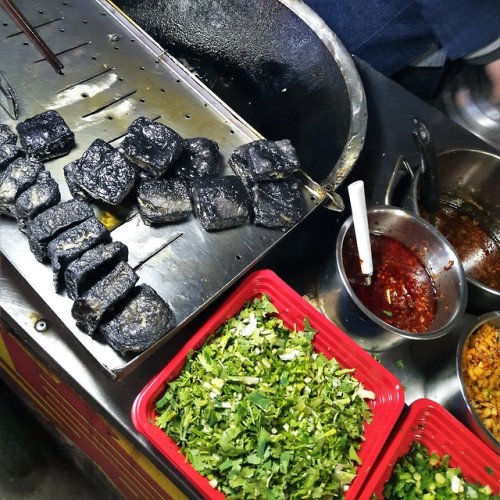#changsha
The Guiding and Pulling Chart, Changsha Kingdom, ca. 160 BCE
The chart is painted on wilk and was excavated from the Western Han Mawangdui (馬王堆) archeological site in Hunan province in 1973. It shows forty-four people - men and women, young and old - engaged in a kind of gymnastics believed to heal some diseases and extend life. These gymnastics are considered to be the ancestor of the exercises called qigong (气功) practiced today in China and all over the world.
“Guiding and pulling” (Daoyin 導引) refers to the different postures involved in these exercises. The physical basis for daoyin is qí (气). In the last centuries before the beginning of the Common Era, the Chinese came to believe that the whole world and everything in it was made of qí. Qí was the basis of Chinese medicine and wellness the result of qí circulating freely throughout the body. Exercises could help qí circulate properly.
Post link
The famous Changsha stinky tofu - fermented until it turns black, then fried and served with tasty garnishes.
It really does stink,and it’s become so popular in China these days, you can hardly go to any snack street without smelling it. The taste is… not bad, honestly, when you’re eating it the (decent) flavour sort of overwhelms the smell, but I still don’t really get it.
Post link




